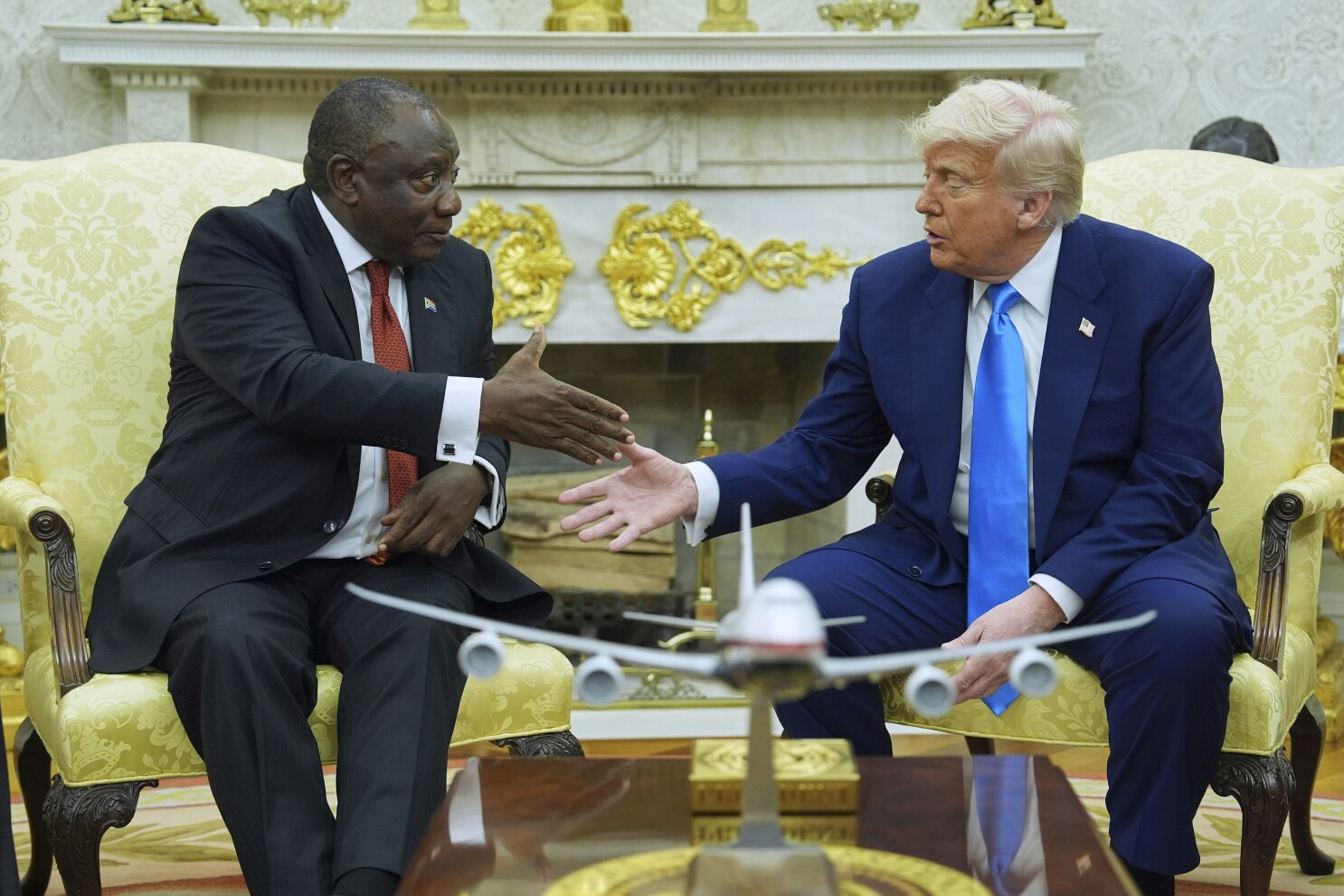
Wildebeest migration season starts

Regarded as one of the planet’s greatest and most fascinating natural spectacles in Kenya and Tanzania, the great wildebeest migration will see close to two million animals travel from Serengeti in Tanzania to the south of Kenya’s Masai Mara in search of green pastures and water.
The animals are on the move every month of the year but the peak period of the migration runs from July through October and is expected to attract tourists from around the globe. During July and August, the wildebeest make the often-documented journey across the Mara River.
In October, the wildebeest herds migrate again heading south through western Loliondo and the Serengeti National Park’s Lobo area, returning to the green shoots which follow the rains on the short-grass plains of the southern Serengeti in November.
According to the statistics by the G-Adventures, 1.5 million wildebeest, 200,000 zebra, 18,000 eland (a type of antelope) in addition to 500,000 Thompson’s gazelle travel during the great July-August migration.
With an adult wildebeest weighing approximately 270 kilograms, these animals move in groups of up to 20,000 at a time, spread across savanna grasslands thundering and powering through and only taking a breather to cross the Mara River.
The wildebeest are specifically said to trek a distance of 2900-3000 kilometers from Tanzania to Kenya. This epic trek also presents a golden opportunity for many of Africa’s major predators among them, lions and leopards as well as the crocodiles in the Mara-River.
These predators, along with thirst and hunger, reportedly contribute to the death of about 250,000 wildebeests annually. However, the sheer numbers of these animals help improve the herd’s chances of survival while crossing the Mara River.
Data from the management of Masai Mara National Reserve in 2018 indicates that approximately over 100,000 tourists made their way to the Masai Mara to witness the migration.
This year is no exception with hotels in the Masai Mara game reserve saying they were fully booked ahead of the event. Sources indicate that at least 611,969 tourists representing 32.2 percent visit Kenya with the majority making their way to the Mara.
According to Magical Kenya, the wildebeest migration contributed KSH 157.4 billion to Kenya’s economy in 2018. That was a 33 percent increase in tourism revenue compared to the previous year.






